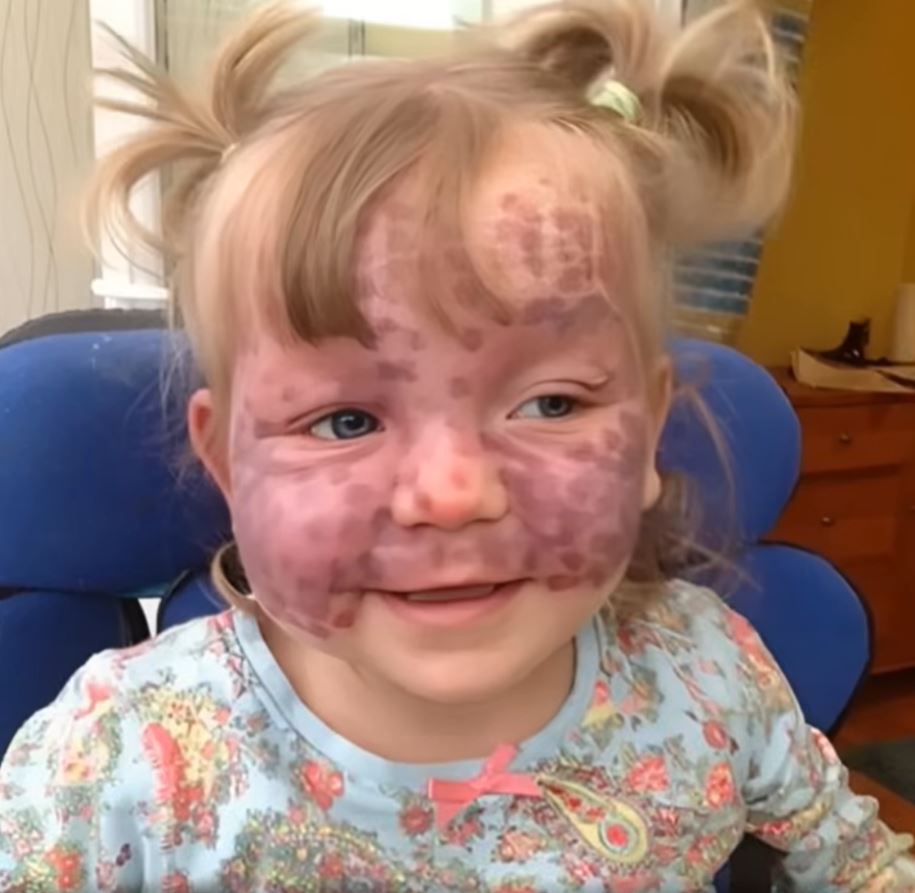SB. Major Fire Engulfs Multiple Structures in Puchong
Puchong Fire: Major Blaze Engulfs Multiple Buildings in MalaysiaThe Puchong fire that broke out earlier today has quickly become one of the...

Puchong Fire: Major Blaze Engulfs Multiple Buildings in MalaysiaThe Puchong fire that broke out earlier today has quickly become one of the...

Hee Haw was far more than a television show—it was a cultural institution, a weekly ritual that united families across the United States in...

I took a deep breath, the weight of the world seemingly resting on my shoulders even as the golden ticket in my pocket promised freedom. In that...

The fluorescent lights of the hospice room hummed with a sound that was almost loud enough to have a texture—a jagged, electrical buzz that drilled...

From the moment Matilda Rose Callaghan entered the world, her parents sensed that life with her would be different from anything they had imagined....

Duke had always been more than just a dog. He was a burst of joy wrapped in golden fur, a four-legged beam of sunlight who made strangers stop and...

On Thursday, former U.S. President Donald J. Trump was formally charged in a federal case that accuses him of criminal conduct tied to efforts to...

In a heartfelt and emotional gesture, Prince William and Princess Kate have chosen the Christmas season to reveal the type of cancer Kate has been...

The first time I noticed Rick acting strangely, I dismissed it as nothing more than a passing quirk. After all, even the most well-behaved dogs have...

Every night, as the clock struck midnight, Bella, a gentle Labrador with a glossy golden coat, would exhibit a peculiar behavior that left her...